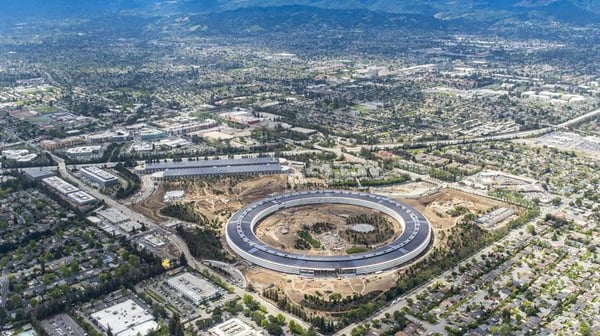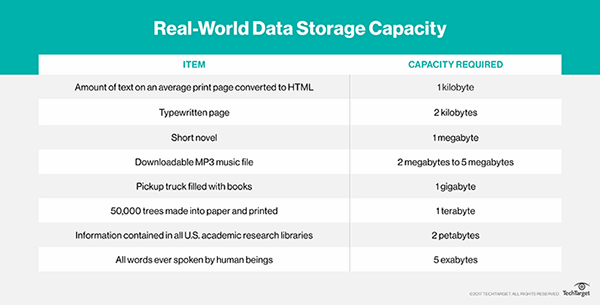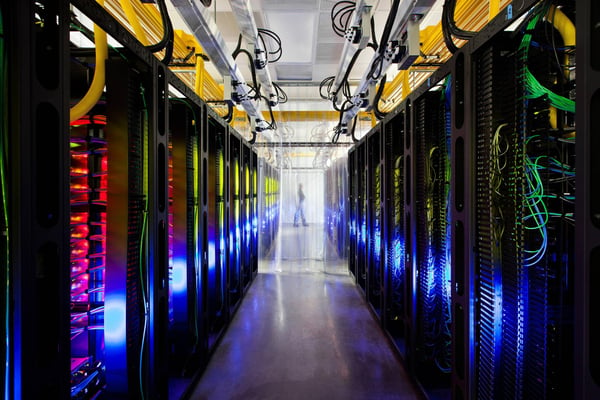In 2017, security robotics was a pre-mature, yet emerging, trend in the security space. Over the past couple of years, things have started to change.
Two years and hundreds of demos later, we've gotten every question about security robots that you could imagine. Far and away, one of the most popular is "where can we deploy these robots?"

As it turns out, this isn't always an easy question to answer. Similarly to other forms of emerging technology, pinpointing the right use cases can only be done by trial and error.
In the past two years, we have seen where robots can revolutionize security. Here are five places where security robots can help humans work smarter.
Shopping malls
If you read 4 Common Mistakes Made in Mall Security, you're already well-aware of the challenges associated with protecting a 400,000 square foot facility that hosts thousands of visitors each day.

So... why robots? Here are a few reasons:
- More patrol coverage with less cost
- Robot surveillance + human hospitality
- Easy integration with existing tech
Deploying a fleet of patrol robots costs about one-tenth the price of hiring security officers. Rather than gobbling up jobs, security robots are built to complement that of their human counterparts. While augmenting patrols and surveillance, robots allow for human officers to excel in human-centric tasks: customer service, strategic response, and event management.
Additionally, most security robots integrate with existing security software or offer software of their own. This makes for scalable and effective deployments.
Corporate offices
Similarly to shopping malls, corporate offices often are vast facilities that range from hundreds of thousands of square feet to university-sized campuses. Conversely to shopping malls, these offices often house billions of dollars worth of data, research, product development, and human assets.

In addition to the "cool factor" of deploying patrol robots, here's why robots work in the workplace:
- Non-invasive surveillance
- Cost-effective, overnight patrols
- Employee safety
Convention centers
By now, you might see a trend with these uses: large facilities that demand top-notch security. Convention centers fit the bill.
Patrolling convention centers that span millions of square feet is an exhausting (and daunting) task. Rather than wearing out the soles on your shoes, robots can augment these patrols and send an alert when anomalies are detected. Here's why robots make sense in convention centers:
- Customizable alerts and rules
- Flexible patrols depending on events' floor plans
- No attrition or operator fatigue
Data centers
Data centers are arguably some of the most protected facilities in the world. Storing terabytes, petabytes, and exabytes worth of information that, if accessed by bad actors, could tear down Fortune 500 companies and global institutions.

These centers house networks of computers that are used to store, process, or distribute data. Here's how robots can make these highly-protected areas even more protected:
- Strict adherence to security protocol (robots operate on pre-determined protocol, no exceptions)
- 24/7 mobile surveillance
- Integration with access control and surveillance cameras
- Safety and building inspections (temperature anomalies and blocked throughways)

Warehouses and logistics centers
Warehousing and logistics facilities are often a hotbed for safety and security threats. Applying robots to this environment can provide facility managers with real-time, actionable intelligence to keep their teams and the facility safe. These are the key ingredients that make robots an ideal security solution for warehouses:
- Adaptable patrols and obstacle avoidance for shifting inventory and machinery
- Safety and building inspections (temperature anomalies, inventory pile-ups, and blocked throughways)
- More patrol coverage with less cost
- Notifications sent to managers' mobile devices and central command
The wrap-up
This list is ever-evolving and far from complete. As technology continues advancing to become faster, smaller, and smarter, security robots and their applications will continue to grow.
In the meantime, we can treat each new environment like a mini-experiment, tweaking and refining the machines to match a facility's needs. This is the bleeding edge of security and robotics technology, and the journey is far from over.




